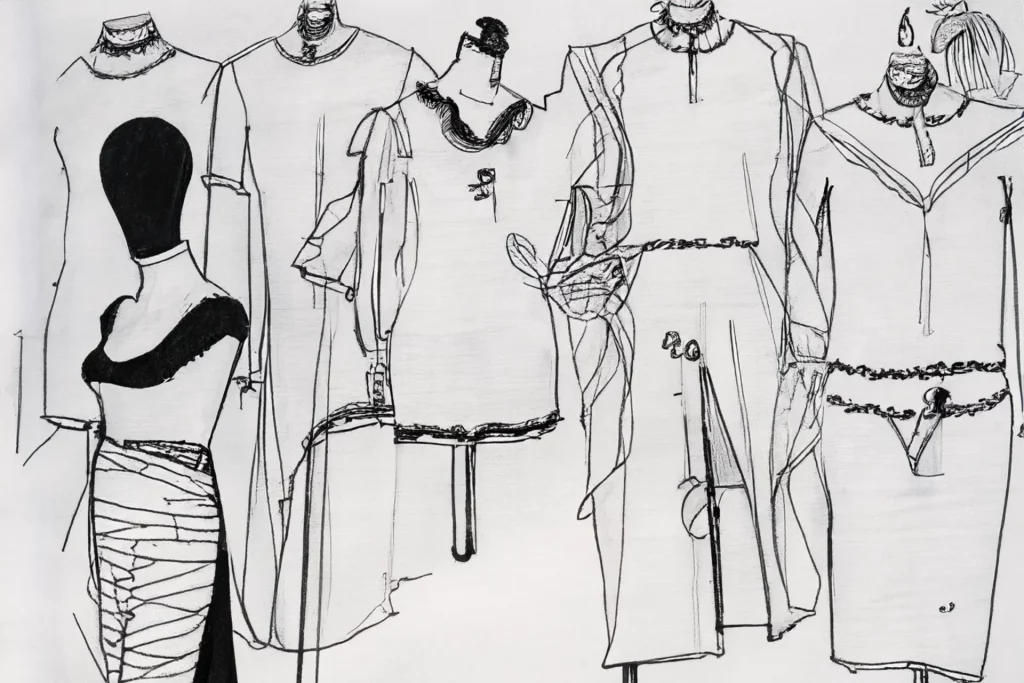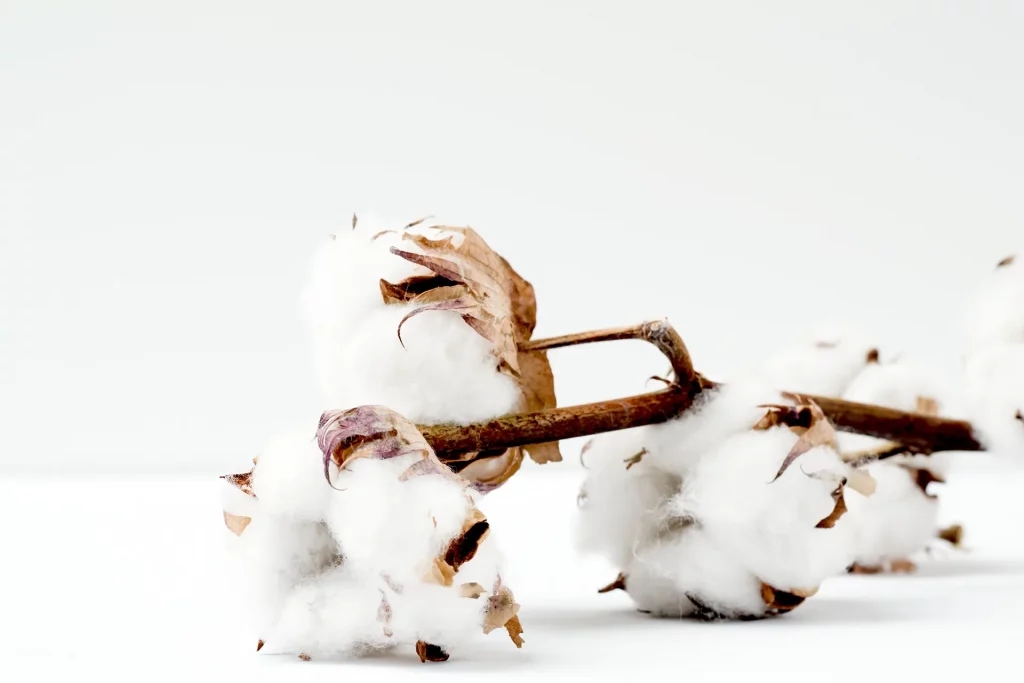As a seamstress or pattern maker, you may have come across the term “GSM” when working with fabrics. GSM stands for “grams per square meter” and is a unit of measurement used to determine the weight and density of fabrics. In this extensive article, we will delve into the world of GSM in fabric, exploring its significance, understanding its implications and unraveling the mystery behind this essential aspect of textile craftsmanship.
The Basics of GSM
1. Understanding the Unit of Measurement
GSM, or grams per square meter, refers to the weight of a fabric per unit area. It measures the density and thickness of a fabric, providing valuable information about its overall quality and performance. The higher the GSM, the denser and heavier the fabric.
2. Importance of GSM in Fabric Selection
GSM plays a crucial role in fabric selection for different types of garments and projects. It helps determine the appropriate fabric weight based on the desired outcome. Fabrics with lower GSM are lighter and more suitable for lightweight and breathable garments like summer dresses or blouses. On the other hand, fabrics with higher GSM provide warmth and structure, making them ideal for jackets, coats, or upholstery projects.
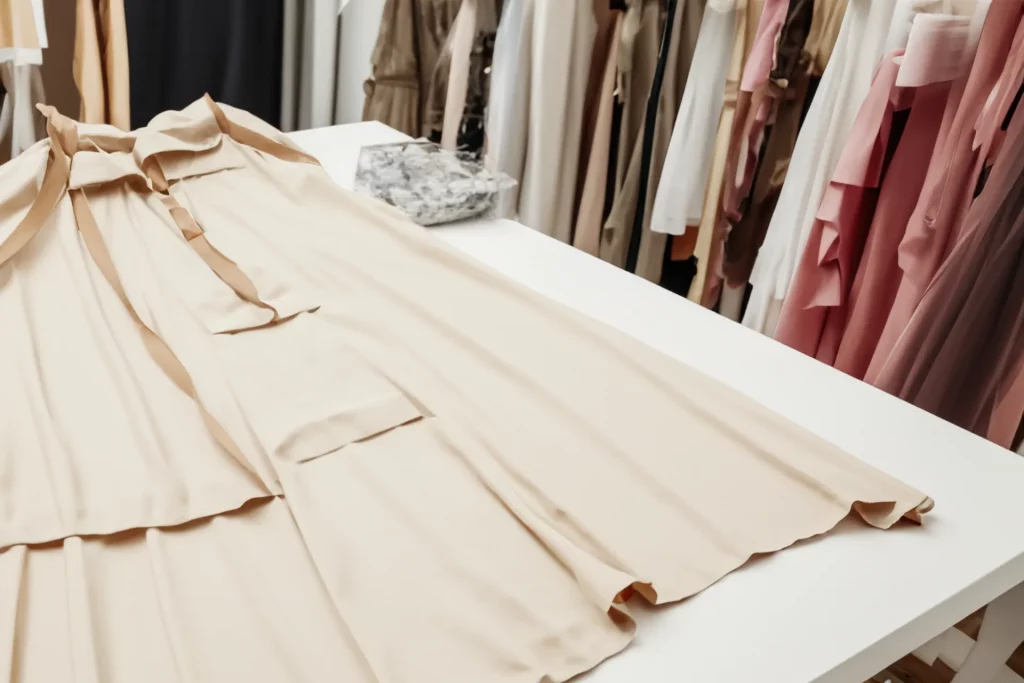
Evaluating GSM in Fabric
1. Determining Fabric Characteristics
GSM provides valuable insights into the characteristics of a fabric. Fabrics with lower GSM are often more sheer and lightweight, while higher GSM fabrics tend to be thicker and opaquer. By evaluating the GSM, seamstresses and pattern makers can make informed decisions about the fabric’s suitability for specific projects.
2. Balancing Weight and Drape
GSM also affects the drape and movement of a fabric. Fabrics with lower GSM tend to have a softer and more fluid drape, perfect for creating flowy garments with graceful movement. Conversely, higher GSM fabrics offer more structure and stiffness, making them suitable for structured designs that require shape and definition.
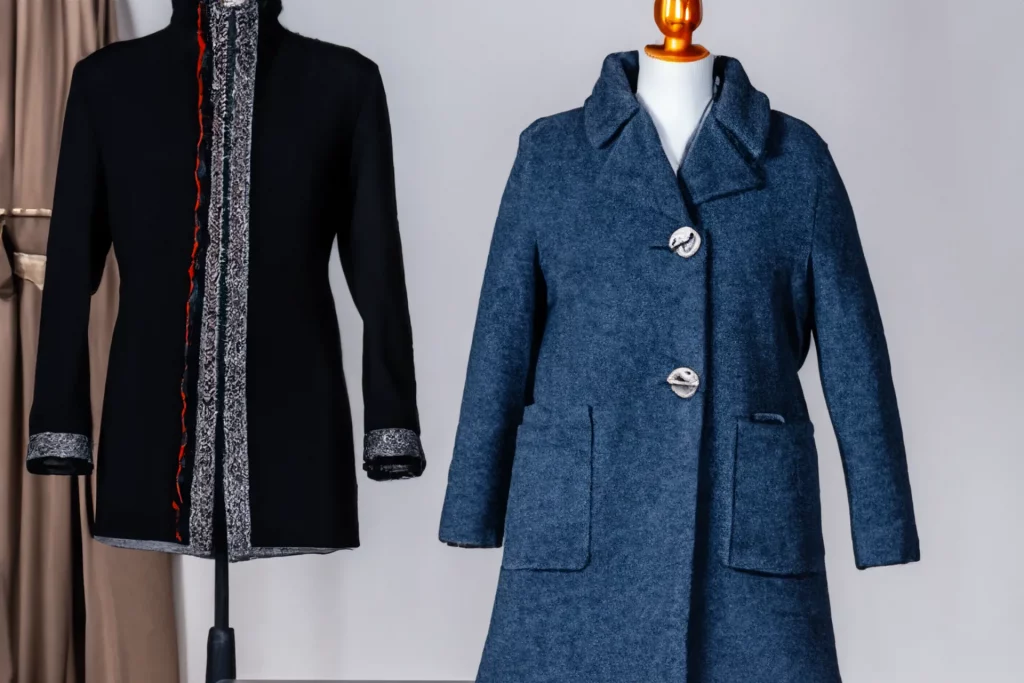
Practical Applications of GSM
1. Garment Selection and Construction
Understanding GSM enables seamstresses and pattern makers to choose the right fabric for their desired garment. For example, a lightweight and breathable fabric with lower GSM is ideal for creating summer dresses or blouses that require comfort and breathability. On the other hand, a heavier fabric with higher GSM may be preferable for tailored jackets or coats that demand structure and warmth.
2. Pattern Adaptation
GSM also influences pattern adaptation. A fabric with higher GSM may require adjustments in pattern sizing and design to accommodate its weight and stiffness. Seamstresses and pattern makers can use their knowledge of GSM to make the necessary modifications and ensure a proper fit and desired outcome.
Measuring GSM
1. Fabric Weight Scales
To determine the GSM of a fabric, various methods can be used, including fabric weight scales. These scales measure the weight of a given fabric sample and provide an accurate reading of its GSM. Seamstresses and pattern makers can use this information to make informed decisions about fabric selection and construction.
2. Importance of Accuracy
Accurate GSM measurement is crucial for maintaining consistency in fabric selection and ensuring the desired characteristics of the final garment. Using precise tools and techniques, such as fabric weight scales, ensures reliable GSM measurements.
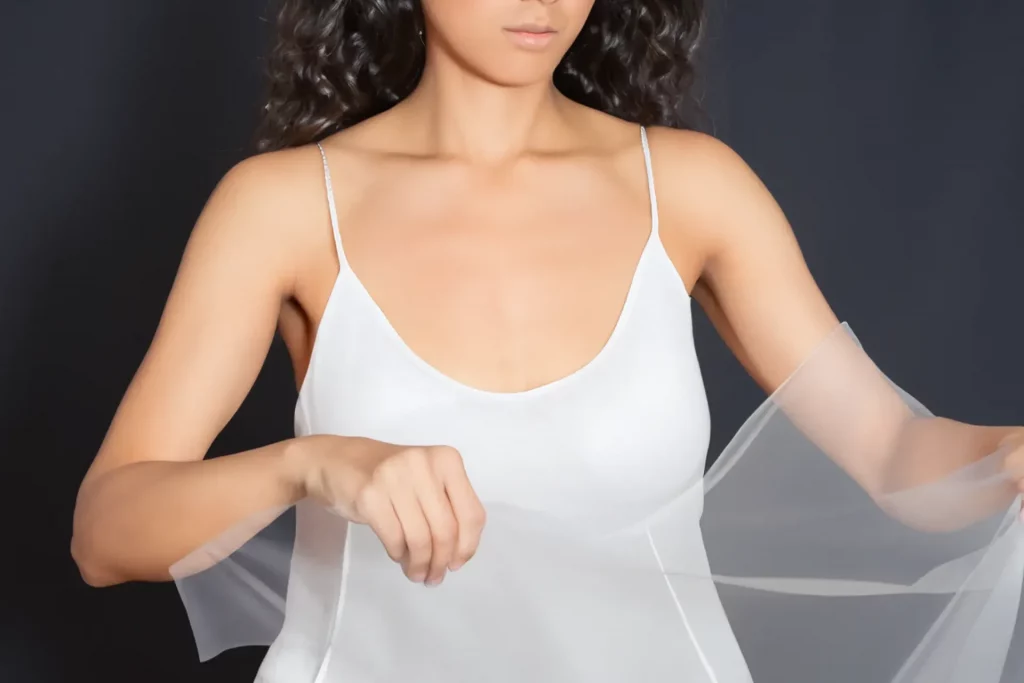
How To Check A Fabric Weight?
Checking the weight of a fabric is a crucial step in understanding its GSM. Here are a few methods you can use to determine the fabric weight:
- The Hand Test: Simply hold the fabric in your hand and gauge its weight. Lightweight fabrics will feel airy and delicate, while heavier fabrics will feel denser and more substantial.
- The Visual Test: Visually inspect the fabric and observe its thickness. Lighter fabrics will appear thinner and more translucent, while heavier fabrics will have a thicker and more opaque appearance.
- The Draping Test: Hold the fabric up and observe how it drapes. Lightweight fabrics will have a softer and more flowing drape, while heavier fabrics will maintain a stiffer and more structured form.
These tests will give you a general sense of the fabric weight, helping you make initial assessments before diving into precise GSM measurements.
The Weight Categories & Examples
Fabrics are typically categorized into different weight ranges based on their GSM. Here are some common weight categories and examples:
- Lightweight (Less than 100 GSM):
- Chiffon: Delicate and sheer, perfect for flowy dresses and blouses.
- Voile: Lightweight and breathable, ideal for summer garments.
- Organza: Sheer and crisp, often used for overlays and decorative elements.
- Medium Weight (100-200 GSM):
- Cotton Twill: Sturdy and versatile, suitable for pants, jackets, and skirts.
- Linen: Lightweight yet durable, a popular choice for warm-weather clothing.
- Satin: Smooth and lustrous, often used for eveningwear and bridal gowns.
- Heavy Weight (200+ GSM):
- Denim: Sturdy and robust, perfect for jeans, jackets, and bags.
- Wool Melton: Thick and insulating, commonly used for winter coats.
- Upholstery Fabric: Thick and durable, designed for furniture upholstery and home decor projects.
These examples provide a glimpse into the diverse range of fabrics available across different weight categories. Remember, fabric weight is just one aspect to consider when selecting the right material for your project. Other factors like fiber content, weave and desired outcome should also be taken into account.
Conclusion: Unveiling the Secrets of Fabric Weight
Understanding fabric weight and GSM empowers seamstresses and pattern makers to make informed decisions when selecting materials for their creations.
By recognizing the significance of fabric weight, checking it through various methods and exploring different weight categories, you can unleash your creativity and bring your designs to life with precision and confidence.
So, embrace the secrets of fabric weight, let it guide your fabric choices and witness the magic that unfolds when the perfect fabric weight meets your artistic vision. With this knowledge in your hands, you are poised to create garments that are not only aesthetically pleasing but also comfortable and functional. So, go ahead, explore the vast world of fabric weights, and let your sewing journey be adorned with the perfect balance of fabric weight and design brilliance.




